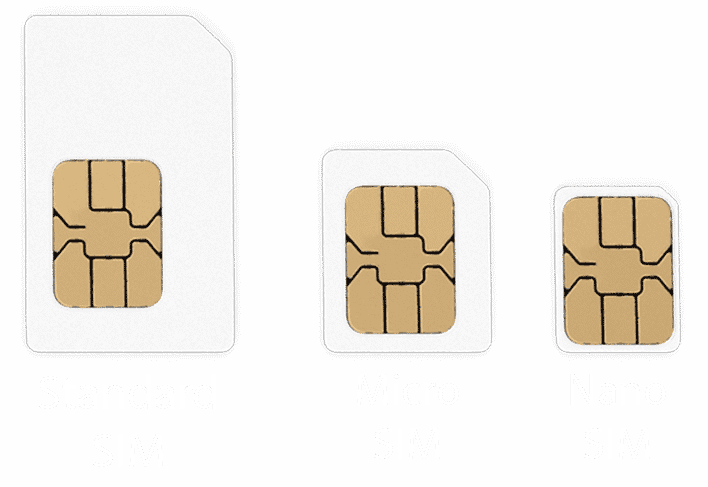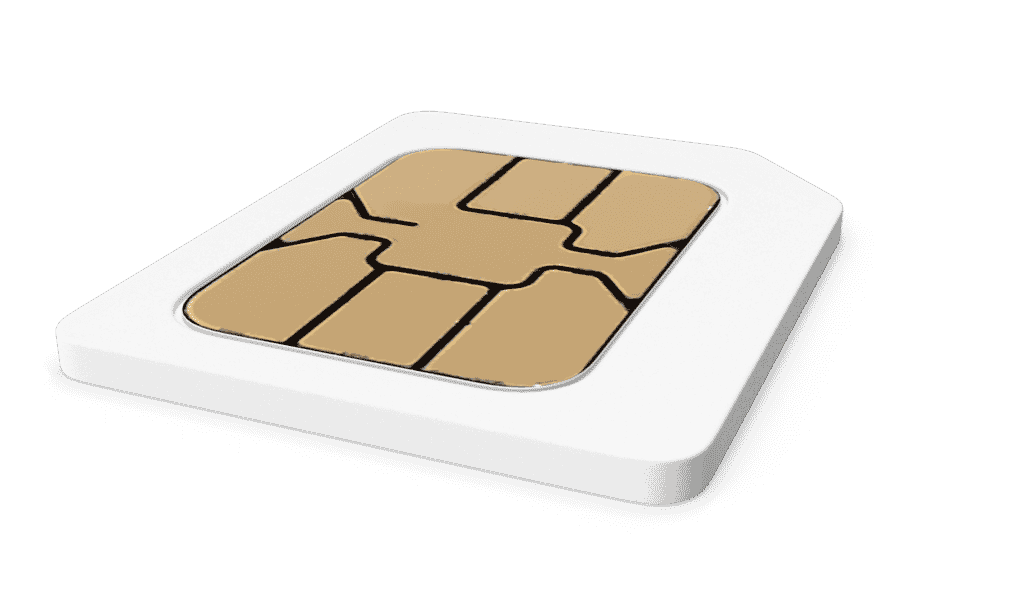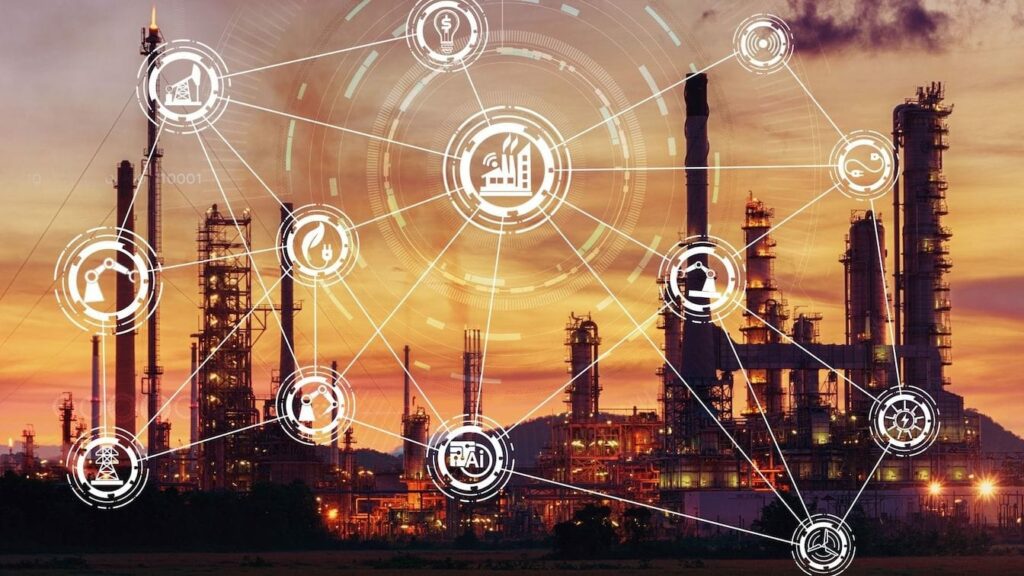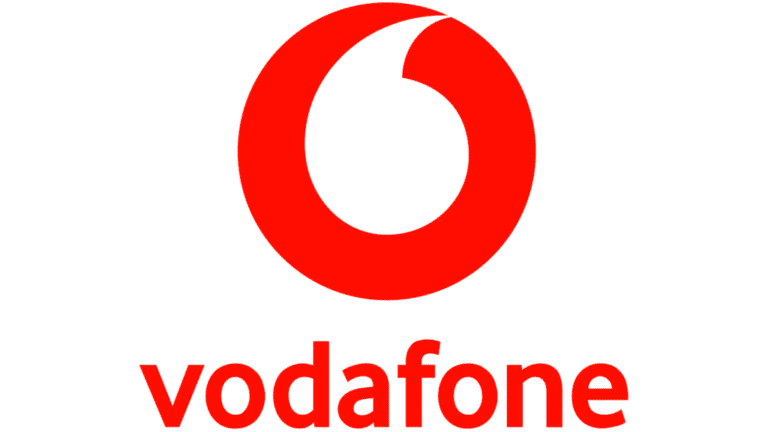IoT – wie das Internet der Dinge moderne Wirtschaft beeinflusst
Was hat es eigentlich mit dem Internet der Dinge – kurz IoT – auf sich? In der modernen Wirtschaft wird viel über die Optimierung von IoT – dem sogenannten Internet of Things gesprochen. Es geht darum, Kommunikations- und Produktionsketten zu optimieren, eine umfängliche und effiziente Informationsweiterleitung zu ermöglichen und die sensiblen Daten der Netzwerke zu schützen.
Fehlende oder verloren gegangene Informationen führen zu Mehraufwand und höheren Kosten. Und hier setzen wir von M2M Allnet an. Wir sorgen dafür, dass in Ihrem Unternehmen das Internet der Dinge (IoT) reibungslos funktioniert und optimal vernetzt ist. So steigern Sie Ihre Verlässlichkeit und können die vielseitigen Chancen der Digitalisierung vollumfänglich nutzen.
- Digital networking
- Lowered costs
- Real time data
- Remote service
- Optimized availability
IoT optimieren mit unseren SIM-Karten

Standard SIM
Network all your smart IoT devices, across all networks, transnationally with M2M Allnet!

Industry SIM
Stay actionable everywhere and connect all industrial machines worldwide with M2M Allnet

eSIM
The successor to the classic SIM card, permanently installed in the end device. With all the familiar advantages!
Was ist das Internet der Dinge?

Sie wurden mit dieser Bezeichnung in den letzten Jahren bestimmt häufig konfrontiert, überall ist von IoT und auch BigData die Rede. Doch um was genau geht es hierbei? IoT ist die Abkürzung für den englischen Begriff Internet of Things. Damit gemeint ist die Vernetzung verschiedenster Geräte über das Internet. Moderne IoT-Solutions finden sich auch im Haushalt, wo das Internet der Dinge vor allem aus einem Zusammenspiel zwischen Sprachassistenten und unterschiedlichen Smart-Geräten besteht.
Hierin liegt auch ein Hauptziel dieses Ansatzes: Durch zunehmende Vernetzung sollen möglichst viele Daten gesammelt werden, du zu einer Effizienzsteigerung und einer Erleichterung wiederkehrender Abläufe führen soll. Deutlich zeigen sich die Vorteile von IoT in der Industrie und anderen essenziellen Branchen wie dem Bau oder auch dem Rettungsdienst. Das Internet der Dinge (IoT) wird in diesen Bereichen eingesetzt, um Prozesse zu verbessern, eine Echtzeitdatenverarbeitung zu ermöglichen und eine Automatisierung diverser Arbeitsabläufe voranzutreiben.
The right tariff for all sectors - we have it!
Die Vorteile von M2M Allnet für Ihre IoT-Anwendungen
Die Anwendungsbereiche von IoT sind zahlreich und vielfältig. Das Internet der Dinge bringt Ihnen bei einer effektiven Nutzung einige Vorteile. Zu den wohl wichtigsten gehören folgende:
- Increases Efficiency saves resources
- Digital Data Exchange in real time
- Processes and Personnel Planning are optimized
- Best Networking and automation
- Intelligent Action through up-to-date information
- Flexibility Increased to save costs
Fortschritt durch neue Technologien wie IoT SIM-Karten
Mit dem Voranschreiten der Digitalisierung kommen auch neue technologische Lösungen wie M2M SIM cards, M2M Allnet SIM cards. and M2M industrial SIM cards für das Internet der Dinge (IoT) zum Einsatz. Wir von M2M Allnet bieten Ihnen diese Tools in Zusammenarbeit mit unseren verpartnerten Netzbetreibern – wie Vodafone, Telekom und Telefonica – an, um eine großflächige Netzabdeckung zu gewährleisten. So optimieren Sie das Internet der Dinge mit unseren IoT-Lösungen.
1. Sensor technology and connectivity
Eine entscheidende Entwicklung im Bereich IoT resultiert aus der kontinuierlichen Miniaturisierung elektronischer Bauteile und in diesem Fall besonders von immer kleiner werdenden Sensoren. Diese können somit an immer mehr – teils schwer zugänglichen – Bereiche angebracht werden und entsprechend relevante Daten erfassen und übertragen.
Die Datenübertragung hat sich hierbei ebenfalls immens weiterentwickelt. Der zielgerichtete Einsatz von M2M-Karten führt im alltäglichen Einsatz zu einer verbesserten Kompatibilität unter Teams und Maschinen und verbessert zudem die Sicherheit.

2. Cloud Computing
Daten auszulesen ist das eine, sie jedoch für alle zugänglich zu machen, etwas ganz anderes. Hier schafft eine weitere Entwicklung Abhilfe – das Cloud Computing.
Dabei werden sämtliche Daten zentral auf einer Cloud Plattform gespeichert, auf die alle berechtigten Personen von überall Zugriff haben.
Solche Cloud Anbieter verfügen in der Regel über sehr leistungsstarke Rechenzentren, wodurch es möglich ist, die benötigten Ressourcen, je nach Bedarf, zu skalieren. Unser M2M Verwaltungsportal funktioniert auf ganz ähnliche Weise. Über dieses können Sie Ihr Internet der Dinge (IoT) samt der verwendeten SIM-Karten effizient verwalten und beliebig skalieren. So wird ein vereinfachtes Arbeiten ermöglicht.
3. Machine Learning
Um die zum Teil enormen Datenmengen bewältigen zu können, bedarf es neuer Konzepte, Methoden und einer fehlerfreien IoT Connectivity. Hier wurden in den letzten Jahren ebenfalls deutliche Fortschritte erzielt, beim sogenannten „Machine Learning“. Algorithmen werden bei dieser Methode mit großen Datenmengen gefüttert und dahingehend „trainiert“ bzw. weiterentwickelt, dass sie zukünftig selbst in der Lage sind neu erfasste Daten korrekt auszuwerten.

4. Artificial intelligence (AI)
An maschinelles Lernen angrenzend gab es bei der Forschung und Entwicklung von künstlicher Intelligenz ebenfalls bedeutende Erfolge, die Fortschritte für das Internet der Dinge (IoT) bringen. Besonders im Bereich der Spracherkennung und Gesprächsfunktionen ist es, u.a. mithilfe sogenannter neuronaler Netze gelungen, ausgereifte Sprachassistenten zu entwickeln, welche bereits in vielen Haushalten als IoT-Geräte eingesetzt werden.
Interest aroused? We will be happy to advise you!
IoT weiterdenken – das Internet der Dinge in der Zukunft
Das Internet der Dinge (IoT) wird für die Zukunft immer wichtiger. Bei M2M Allnet wollen wir mit unseren M2M-Tarifen und unseren SIM-Karten einen wichtigen Beitrag für die Zukunft innovativer Technologien leisten. Für die Entwicklung smarter Systeme sehen Experten einige Chancen, wie beispielsweise bei modernen Smart Homes, dem autonomen Fahren und sogar Smart Cities und Factorys.
Smart Home
Die Vernetzung in den eigenen vier Wänden ist bereits weit verbreitet und wird in fast jedem Neubau bzw. bei einer Sanierung fest eingeplant. Diese Entwicklung wird sich weiter fortsetzen und die Funktionspalette erweitert werden.
Neben dem zusätzlichen Komfort bietet ein Smart Home weitere Vorteile. Mithilfe sogenannter intelligenter Stromzähler können Sie den Stromverbrauch messen und automatisch regeln, sodass am Ende Kosten gespart werden.
Zudem lässt sich durch die automatische Wärmeregulierung eine höhere Energieeffizienz erreichen, was wiederum zusätzlich die Umwelt schont.
Das Internet der Dinge (IoT) in einem Smart Home führt aber auch zu mehr Sicherheit. M2M und Sicherheit kommen bereits bei vernetzten Überwachungskameras oder Rauchmeldern zum Einsatz. Bei bestimmten Ereignissen können diese automatisch eine Benachrichtigung an das Smartphone des Nutzers schicken und diesen warnen.
Autonomous driving
Die Entwicklung autonom fahrender Autos ist in vollem Gange. Bis diese wirklich vollständig autonom auf unseren Straßen unterwegs sind, wird es jedoch noch gewisse Zeit dauern. Zuvor müssen sowohl die technischen Schwierigkeiten überwunden, als auch rechtliche Fragen geklärt werden.
Um einwandfrei zu funktionieren, müssen auch hier für eine gute Vernetzung des Internets der Dinge (IoT) gesorgt werden. Besonders wichtig hierfür ist auch der Ausbau des Mobilfunknetzes und die Einführung besserer Standards.
Das beste Beispiel ist das neue 5G-Netz. Dieses erlaubt eine deutlich schnellere Datenübertragung, was besonders bei autonomen Fahrzeugen unabdingbar ist. Außerdem kann der neue Standard deutlich mehr Geräte gleichzeitig bedienen, womit eine Netzüberlastung aufgrund zu vieler Nutzer – z.B. bei Großveranstaltungen – der Vergangenheit angehören dürfte.

Smart City & Smart Factory
Unsere Umgebung wird sich immer weiter vernetzen, bis hin zu sogenannten Smart Cities, bei denen sämtliche Bereiche miteinander verbunden sind – von Energie und Infrastruktur, über Mobilität, bis hin zur Verwaltung, Logistik und Kommunikation – mit dem Ziel das Leben in den weiter wachsenden Städten sicherer und besser zu machen.
Doch nicht nur in den wachsenden Städten, sondern auch in großen Fabriken, Industriebetrieben und Logistikketten wird das Internet der Dinge (IoT) immer wichtiger. Stichwort ist hierbei z.B. Industrie 4.0 oder Logistik 4.0.
Bei M2M Allnet bieten wir bereits für verschiedene Branchen M2M-Karten an. Wir integrieren für Sie M2M in der Logistik and M2M für Maschinen.
IoT-Karten verwenden – wichtige Themen im Detail







